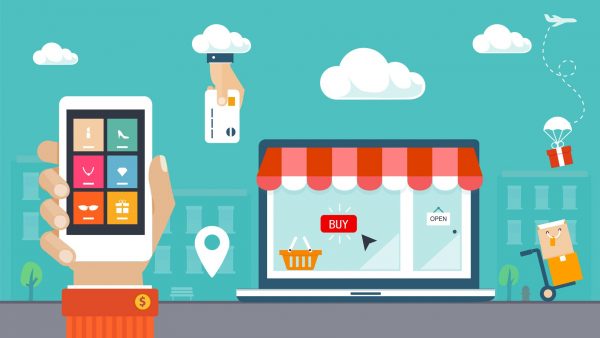What Last Mile Means for Your Business
Over the last couple of years, you could say the term “Last Mile” has become one of the biggest buzz words in the retail and logistics industries.
What is last mile delivery? Why is it considered to be such a challenge?
As you know, the volume of online purchases has grown significantly over the last decade and will continue to do so. As consumers are shifting from brick-and-mortar retailers to online ones, it has put more and more pressure on delivery logistics, as products need to be shipped from warehouses which can sometimes be located hundreds if not thousands of miles away from where the consumer lives.
Yet, while consumer expectations regarding fast and reliable delivery are increasing, their sensitivity to cost has not. And as it just so happens, 28% of the delivery cost can be attributed to the last mile.
Retailers of all kinds are facing a particularly challenging situation, as they have to adapt to a changing landscape involving new technologies and increasingly demanding consumer expectations.
Many businesses are often too focused on acquiring new customers when in fact encouraging repeat business can be a more cost-effective way of increasing sales. A 5% increase in customer retention can improve a company’s profitability by 75%, according to Bain and Co.
A recent consumer report published by Narvar outlines some interesting findings regarding these new consumer expectations and can be used as guidelines for what your business priorities surrounding delivery:
- Providing customers with on-time delivery and reliable delivery dates is a must: On-time delivery was ranked #1 over loyalty points, responsive customer service, and association with a good cause among others when it comes to becoming a repeat customer.
- Online shopping has normalised returns: 44% of consumers are afraid they might not like an item they’ve ordered online. It has now become a business imperative to provide customers with an easier return process: from providing labels that can be printed to prompt refunds of returned items.
- Customers also expect retailers to be proactive if/when an issue arises such as delivery delays, lost or damaged item. Shoppers said the #1 action that would make them choose one retailer over another is if they resend and expedite an item which has been lost or damaged.
- Online shoppers have feelings too: while the transaction doesn’t happen over a counter, customers still feel the need for an emotional connection with your business. When asked what would make them more satisfied with their purchase, consumers said ‘a simple thank you’ more than any other answer (61%), including personalised recommendations, information on how to use the product better, or examples of how others are using the product.
Ultimately, the retailers which will come out on top will be the ones that will have made an effort to adapt in the face of this changing landscape.
For more info on the report, click here.


